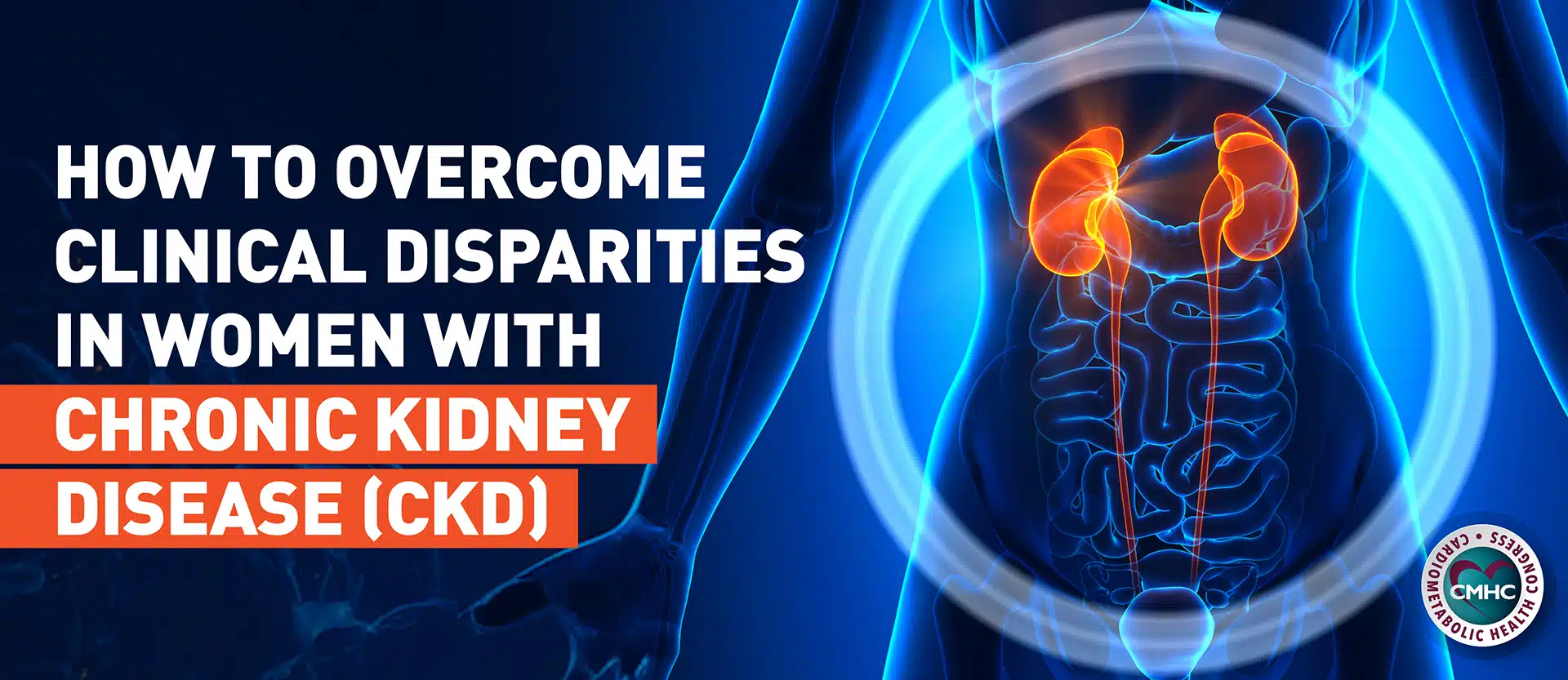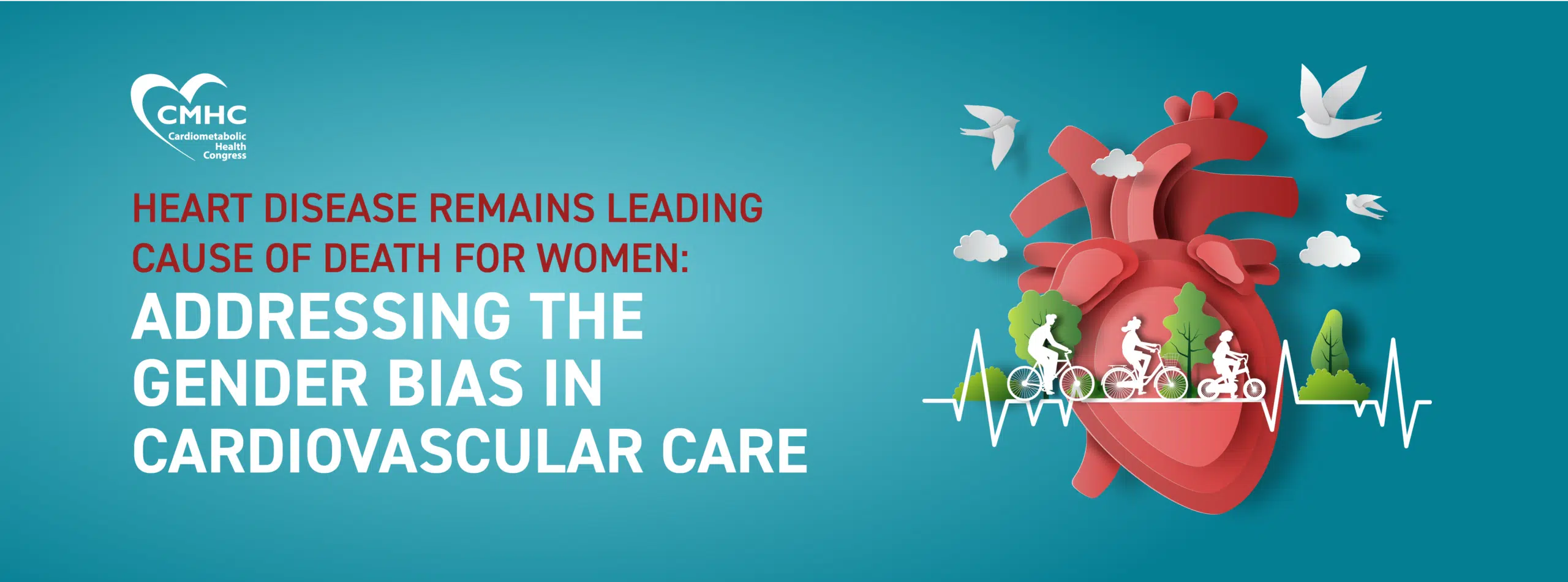By Kate Buron
In December 2020 the Joint Committee on Clinical Practice Guidelines, a combined effort from the American College of Cardiology (ACC) and the American Heart Association (AHA), released their updated guidelines for the management of patients with valvular heart disease (VHD). Within the new guidelines, the ACC and AHA provide clarity on the definition, classification, diagnosis, and management of aortic stenosis (AS), a progressive form of heart disease that can cause the aortic valve of the heart to become stiff, narrow, and unable to pump blood effectively.
The Joint Committee on Clinical Practice Guidelines
Because the new VHD guidelines are evidence-based, selected members from both the ACC and the AHA conducted an extensive assessment of VHD-related publications. The literature examined included studies, reviews, and data involving human subjects with different forms of valvular dysfunction. The committee’s goal was to provide clinicians with contemporary recommendations to replace both the full 2014 guidelines and the 2017 focused update, as warranted by new evidence or a better understanding of existing evidence.
What is AS in VHD?
The most common form of VHD in patients over 75 years old is AS, which causes the thin leaflets of the aortic valve to stiffen and the opening of the valve to become narrow. This narrowing makes it harder for the heart to pump blood effectively, leading to uncomfortable symptoms such as shortness of breath and fatigue, and eventually causing damage to the heart muscle. There are four main causes of AS – calcium deposits on the aortic valve leaflets, a congenital defect resulting in an abnormal amount of aortic valve leaflets, or heart damage resulting from rheumatic fever or radiation therapy. In older adults, AS is often caused by calcium building up on the valve leaflets over time and worsens with age.
Diagnosing AS
AS is serious but treatable – patients can live longer with medication or artificial valve replacement – which is why early, accurate diagnosis is a focus of the committee’s 2020 guidelines. The detection of a heart murmur is often the first sign that something may be wrong with the way the valves of the heart are functioning. An echocardiogram is the best way to determine if that murmur is indicative of AS and to assess the severity of the condition. The joint committee’s 2020 guidelines provide detailed instructions for diagnosing AS and classifying its severity using measures of valve anatomy and hemodynamics. The updated guidelines re-emphasize categorizing AS as stage A (at risk for AS), stage B (progressive hemodynamic obstruction), stage C (severe but asymptomatic) or stage D (severe symptomatic).
Treatment options for AS
Mild or asymptomatic AS (stages A-C) may require only lifestyle modifications and monitoring, but once symptomatic (stage D), outcomes for patients with AS are poor without intervention. Because the damage to the aortic valve cannot be reversed, the options for treatment are medications to manage symptoms or aortic valve replacement. Two methods of replacing the valve are open-heart surgical aortic valve replacement (SAVR) or a less invasive transcatheter aortic valve replacement (TAVR) procedure. One important update in the 2020 guidelines for the treatment of AS is the preference for TAVR over SAVR in symptomatic patients (stage D) over the age of 80 or with a life expectancy less than 10 years. This update is based on findings from the PARTNERS trial, which demonstrated favorable five-year outcomes and lower hospital readmissions for patients after TAVR versus SAVR.
It is recommended that when deciding between TAVR and SAVR clinicians emphasize age and life expectancy over risk of surgery complications. In general, SAVR is preferred for patients under 65 years old (or with a life expectancy of at least 20 years), TAVR is preferred if the patient is 80 years or older (or with a life expectancy of less than 10 years), and for patients who fall between those parameters the decision should be made with consideration of disease severity and surgical risk. For patients of any age with severe symptoms and a predicted survival of less than 12 months, palliative care is recommended.
Key takeaways
Experts from the AHA and ACC, drawing on evidence from clinical trials and data reviews, recently updated their guidelines for the management of patients with VHD. Specifically, they clarified diagnostic and treatment recommendations for patients with AS – highlighting the importance of accurate diagnoses based on valve anatomy and function as well as updating 2017’s treatment guidelines to favor TAVR for certain patients based on age and life expectancy.


















